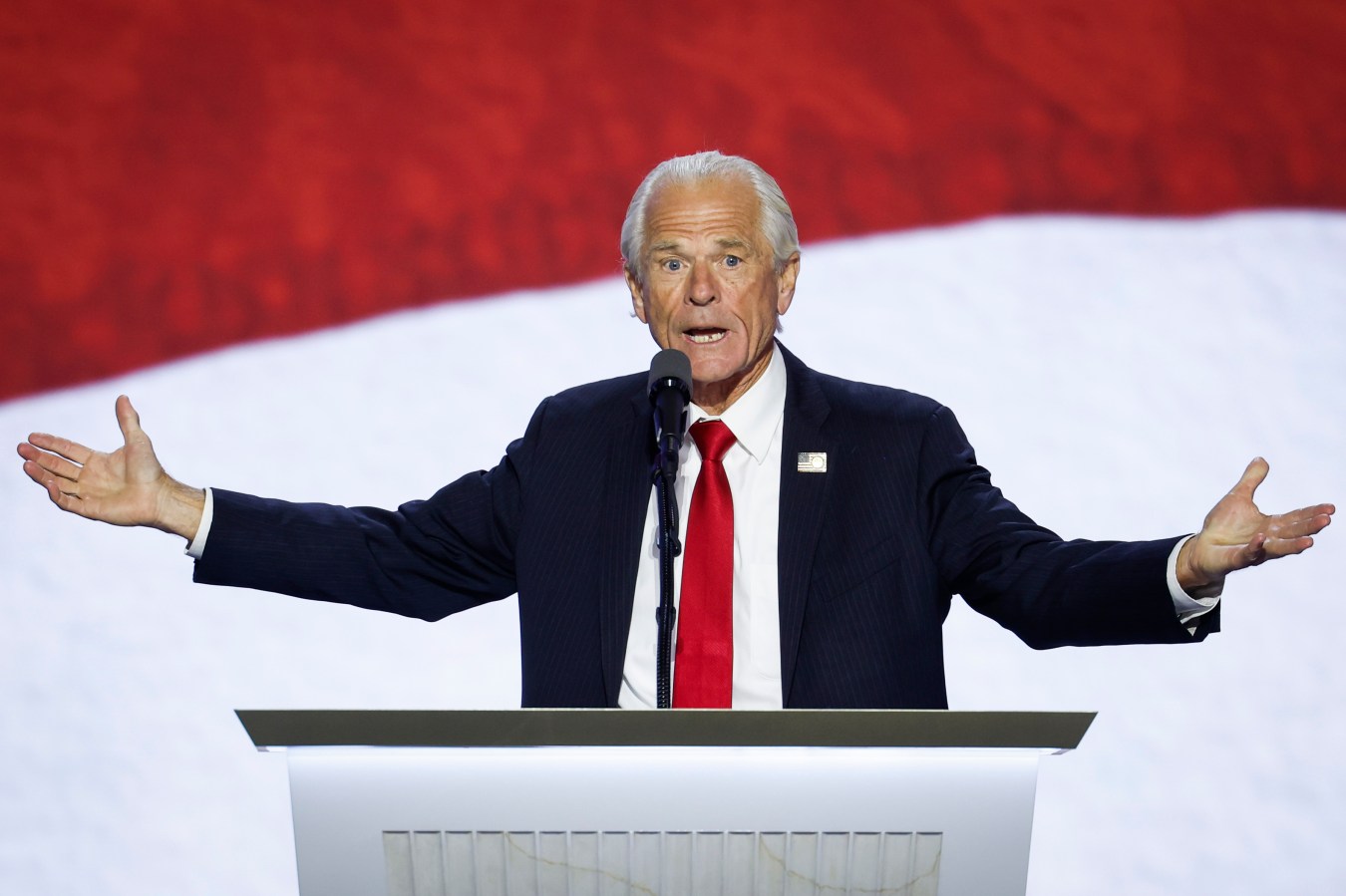President Donald Trump will sign an executive order that will require pharmaceutical companies to price prescription drugs in the U.S. the same as the lowest price they charge in other countries, in a move the president claims will reduce prescription drug prices “by 30% to 80%.”

Key facts
- In a post on his Truth Social platform, Trump said his executive order will institute a “MOST FAVORED NATION’S POLICY” where the U.S. will pay the same price for a drug as the “Nation that pays the lowest price anywhere in the World.”
- In his post, the President called out the fact that prescription drug prices in the U.S. were several times higher than those in other countries and said “the ‘suckers’ of America” were being forced to bear drugmakers’ claimed research and development costs “ALONE.”
- Trump claimed his order would bring prescription drug prices in the U.S. down “almost immediately, by 30% to 80%” but go up elsewhere in the World, “in order to equalize and…bring FAIRNESS TO AMERICA!”
- A few hours before making the post, the president teased the announcement, saying his next Truth Social post “will be one of the most important and impactful I have ever issued.”
- The post did not specify how his administration would implement the plan or how it would impact the cost of Medicare and Medicaid drugs.
How much more do Americans spend on prescription drugs compared to others?
A 2024 study published by RAND found that across all drugs, U.S. prices were nearly 2.8 times higher than those in other countries. When only “brand-name originator drugs” were considered, prices in the U.S. were more than 4.2 times higher compared to other countries. The study evaluated drug prices in 32 of the 38 advanced economies in the Organization for Economic Co-operation and Development (OECD).
The report noted that Americans paid 33% less for unbranded, generic drugs than other countries in the study. However, this did not offset the high spending on brand-name drugs, as generics made up only 8% of overall prescription spending despite making up 90% of filled prescriptions in the U.S.
Another analysis of spending on prescription medicine in OECD countries published by Peterson-KFF Health System Tracker in 2022, also showed significantly higher spending by Americans. The study showed that Americans spent $1,126 per capita on prescription drugs while other developed countries spent around $552 per capita. The analysis included both out of pocket spending and prices paid by insurers.
Crucial quote
In his post Trump wrote: “The Pharmaceutical/Drug Companies would say, for years, that it was Research and Development Costs, and that all of these costs were, and would be, for no reason whatsoever, borne by the “suckers” of America, ALONE. Campaign Contributions can do wonders, but not with me, and not with the Republican Party. We are going to do the right thing, something that the Democrats have fought for many years.”
What to watch for
The ‘Most Favored Nation’ proposal will likely face strong push back and legal challenges from drug makers, who have argued for years that capping prices will impact innovation and slow development of new drugs. Alex Schriver, an official from the Pharmaceutical Research and Manufacturers of America (PhRMA)—the trade body group that represents drug makers—told the New York Times: “Government price setting in any form is bad for American patients. Policymakers should focus on fixing the flaws in the U.S. system, not importing failed policies from abroad.”
Tangent
Shares of major pharmaceutical companies fell sharply in premarket trading early on Monday following Trump’s announcement. Eli Lilly’s share price fell to $705.30, down nearly 4% from Friday’s close, while Pfizer’s shares dropped to $21.71, down 2.5%. Merck’s stock slumped to $73.85, around 2.8% in the red, while AbbVie and Johnson & Johnson’s shares fell 4.1% and 2.62% respectively.
This article was originally published on forbes.com and all figures are in USD.
Look back on the week that was with hand-picked articles from Australia and around the world. Sign up to the Forbes Australia newsletter here or become a member here.


